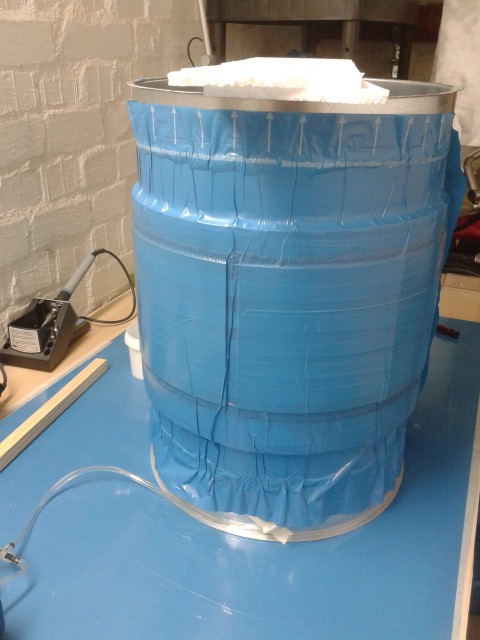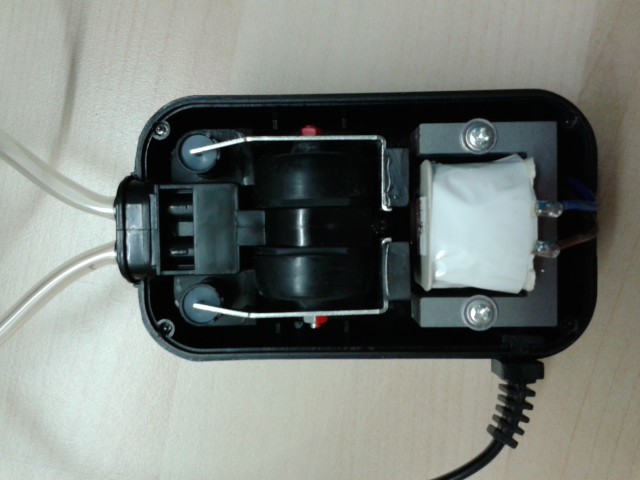Membrane pumps basically consist of a membrane, something to agitate it, and a pair of one-way valves. Turning the valves around also flips the direction of air flowing through the pump, turning a normal air pump into a vacuum pump.
What can we expect from such a thing? Aquariums are usually less than a meter high, so a pump made for pumping air down to the bottom of such a thing should be able to provide a suitable pressure difference (about 10000 Pa, or 0.1 bar) just to get an idea about the magnitude.
Turning it into a vacuum pump shouldn't change that significantly. Compared to a professional ("real") vacuum pump that doesn't sound like a lot (they go down to almost 1 bar pressure difference), but it's enough to be very useful.
It turns out that the only thing to do was to rotate one part by 180 degrees.
 Christoph
Christoph


This article delves into the intricacies of the air pump, exploring its evolution, applications, and the pivotal role it plays across different industries and recreational pursuits. As a cornerstone of convenience and functionality, the air pump Newo merits attention for its impact on both the mundane tasks of everyday life and the complex operations of numerous sectors.